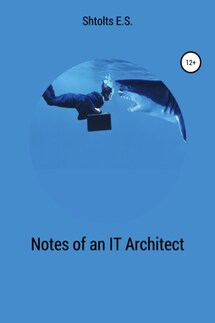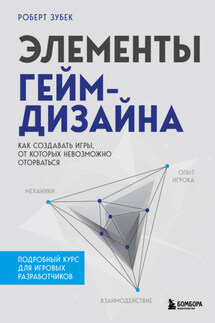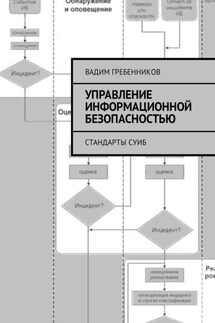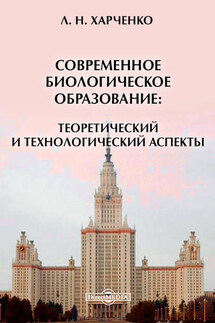IT Cloud - страница 2
Docker and disk space
Since Docker does not implement functionality, but uses the built-in Linux kernel, and does not have a graphical interface under the hood, it itself takes up very little space.
Since the container uses the host OS kernel, the base image (usually the OS) contains only complementary packages. So the Debian Docker image is 125Mb, and the ISO image is 290Mb. To check that one core is used in the container, we will display information about it: uname -a or cat / proc / version , and information about the container environment itself cat / etc / ussue
Docker builds an image based on the instructions in the Dockerfile, which can be located remotely or locally, and can be created from it at any time. Therefore, if you are not using the image at the moment, then you can delete it. An exception is the image created from the container using the Docker commit command , but it is not very correct to create this way, and you can always select from the Dockerfile image with the Docker history command and delete the image. The advantage of storing images is that you do not need to wait while it is being created: the OS and libraries are downloaded.
Docker itself uses an image called Image, which is built based on the instructions in the Dockerfile. When you create several containers on its basis, the space practically does not increase, since the container is just a process and config settings. When changing files in the container, the files themselves are not saved, but the changes made are saved, which will be deleted after the container is transferred. This guarantees in 99% of cases a completely identical environment, and as a result, it is not important to place preparatory operations common for all containers for installing specific programs in the image, a side effect of which is the absence of their duplication. To be able to save data, folders and files are mounted to the host (parent) system. Therefore, you can run a hundred or more containers on a regular computer, and you will not see any changes in the free local on the disk. At the same time, if the developers use git, and how can they do without it, and they often accumulate, then there may be no need to mount the folders with the source code.
The docker image is not a monolithic image of your product, but a layer cake of images, the layers of which are cached. This allows you to significantly save time for creating an image. Caching can be disabled with the build –no-cache = true command switch if Docker does not recognize that the data is mutable. Docker can see the changes in the ADD statement adding a file from the host system to the container by the hash of the file. So, if you create two containers, one with NGINX and the other with MySQL, both of which are based on Ubuntu 14.04, there will be three image layers: MySQL, NGINX, and Ubuntu. The images can be viewed with the Docker history command . It also works for your projects – when copying 2 versions of the code to your image using the ADD command with your product, you will have 3 layers and two images: the base one, with the code of the first version and the code of the second version, regardless of the number of containers. The number of layers is limited to 127. It is important to note that when cloning a project, you need to specify the version, not just git clone , but git clone –branch v1 and git clone –branch v2 , otherwise Docker will cache the layer created by the Git Clone command and when creating the second we get the same image.








